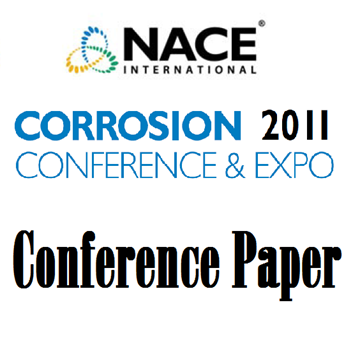Search
11037 A Review of the Robustness of Epoxy Passive Fire Protection (PFP) to Offshore Environments
Also Purchased
11036 Low Temperature Mechanical Properties of Passive Fire Protective Coatings
Product Number:
51300-11036-SG
ISBN:
2011 11036 CP
Publication Date:
2011
$20.00
00599 INDUSTRIAL FIREPROOFING - AN INDUSTRY STANDARDS REVIEW
Product Number:
51300-00599-SG
ISBN:
00599 2000 CP
$20.00
Mesh Free Epoxy Passive Fire Protection - The Challenge: Advancements in Intumescent Epoxy Rapid Rise Passive Fire Protection Reduced Labor and Installation Costs
Product Number:
41214-867-SG
Publication Date:
2014
$20.00




